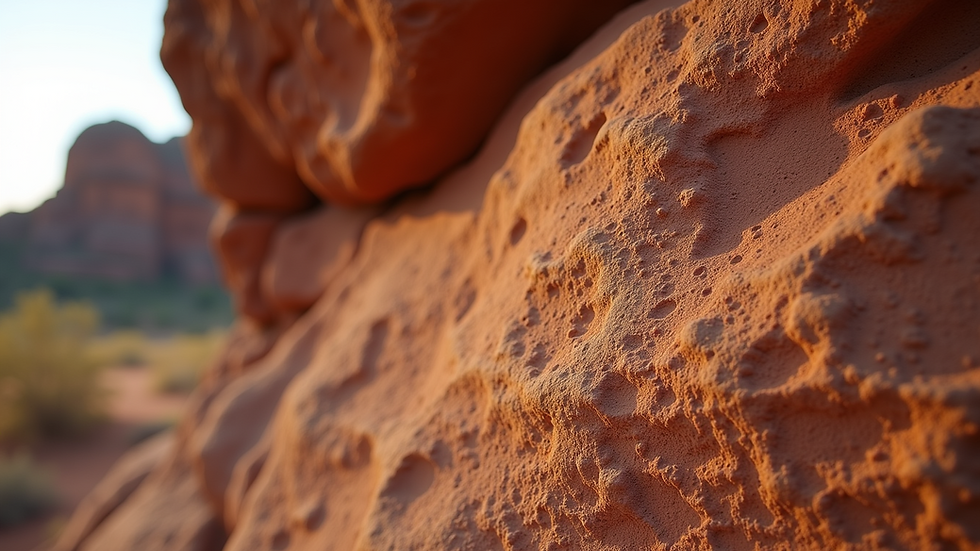Exploring the Rich History of Australian Art
- diane wiggins

- Jun 9
- 4 min read
Australian art is a vibrant tapestry woven from the threads of its diverse cultures and histories. From the ancient traditions of Indigenous artists to contemporary expressions of identity, Australia’s art landscape is dynamic and impactful. In this blog post, we will delve deep into the evolution of Australian art, exploring its roots, key movements, and notable figures that have shaped its identity.
The Origins of Australian Art
The journey of Australian art begins long before European settlement. For thousands of years, Indigenous Australians have created art as a means of expressing spiritual connections to the land and their ancestors. Using natural materials like ochre, charcoal, and clay, Indigenous artists painted on rock surfaces, creating stunning visual narratives that conveyed stories, traditions, and rituals.

These rock formations and paintings are not just art; they are a register of cultural heritage, marking the spiritual and historical identity of Aboriginal communities across the continent. According to estimates, some of these works date back over 40,000 years, making them some of the oldest surviving artworks globally.
Key Movements in Australian Art
As Australia’s artistic identity has evolved, various movements have emerged, reflecting shifts in society and culture. The colonial period introduced European artistic influences that blended with Indigenous styles. The emergence of the Heidelberg School in the late 19th century heralded a new era where Australian landscapes were celebrated through impressionist techniques, focusing on natural light and color.

In the 20th century, art movements like the Melbourne Moderns challenged traditional forms and explored abstraction, largely influenced by European modernism. Artists such as Grace Crowley and Ralph Balson paved the way for geometric abstraction, reinterpreting the Australian experience through a modern lens.
Contemporary Australian Art and Its Global Influence
Today, Australian art continues to make waves on the international stage. Contemporary artists are exploring diverse mediums and addressing global issues such as climate change, identity, and social justice. The Aboriginal art movement has flourished, bringing Indigenous voices to the forefront and redefining perceptions of cultural heritage art in a modern context.
Artists like Julie Gough and Brook Andrew use their work to challenge historical narratives, bridging gaps between past and present. In recent years, their works have been showcased in major exhibitions worldwide, reflecting Australia’s rich artistic heritage while promoting conversations about reconciliation and truth.

The National Gallery of Australia and other prominent institutions have committed to supporting and exhibiting contemporary artists, ensuring that Australian art remains a vital part of the global art conversation. Statistics reveal that contemporary art sales have surged by 10% year-on-year, highlighting the growing appreciation for the diversity of Australian artistic expressions.
Major Art Institutions and Cultural Contributions
Australia is home to several world-renowned art institutions that play a vital role in nurturing and promoting artists. The National Gallery of Australia (NGA) houses an extensive collection, featuring over 120,000 artworks, including a significant focus on Indigenous art. The Art Gallery of New South Wales (AGNSW) presents a diverse range of exhibitions that showcase both historical and contemporary works, thereby facilitating access to a broad audience.
Additionally, regional galleries are essential in promoting local artists. They provide platforms for emerging talent and curate exhibitions that reflect their community’s unique stories and cultural landscape.
Nurturing local talent has also opened doors for international collaborations. The Biennale of Sydney, for instance, invites artists from around the globe, fostering a spirit of exchange and innovation. Through such initiatives, Australian art continues to thrive, drawing in visitors and collectors from various backgrounds.
Understanding the Cultural Context of Australian Art
Art is not created in a vacuum. It is a reflection of society and its values. The importance of understanding the cultural context surrounding Australian art cannot be overstated. For instance, Indigenous Australian art goes beyond aesthetics; it embodies a connection to land, spirituality, and community. These artworks often tell stories that transcend generations, highlighting the significance of the Dreamtime.
Furthermore, the impact of colonisation on Indigenous art is profound and complex. Artists today use their work to reclaim narratives and challenge stereotypes. By doing so, they not only preserve their history but also educate others about their rich cultural legacy.
Visitors to art galleries and cultural institutions are encouraged to engage with artists and curators, gaining insights into the stories behind the works. This interaction fosters a deeper understanding and appreciation of Australian art's cultural significance.
The Future of Australian Art
As Australia moves forward, its art scene is poised for even greater exploration and innovation. The blending of traditional techniques with contemporary practices will likely continue to shape the future. Emerging artists are experimenting with virtual mediums, installations, and interactive platforms, reflecting a world increasingly influenced by technology.
Educational initiatives in schools and community programs play a crucial role in inspiring the next generation of artists. By exposing young individuals to a diverse range of art forms, Australia nurtures creativity and encourages personal expression.
Art fairs, workshops, and festivals will maintain a key role in driving enthusiasm for Australian art. For example, events like the Sydney Contemporary Art Fair attract thousands of visitors, showcasing established and emerging artists alike, further highlighting the country’s diverse artistic talent.
As we celebrate the rich history and vibrant present of Australian art, we invite readers to explore galleries, attend exhibitions, and engage with artists. The stories and expressions found within this vibrant landscape reflect not only our history but also our potential for the future.






Comments